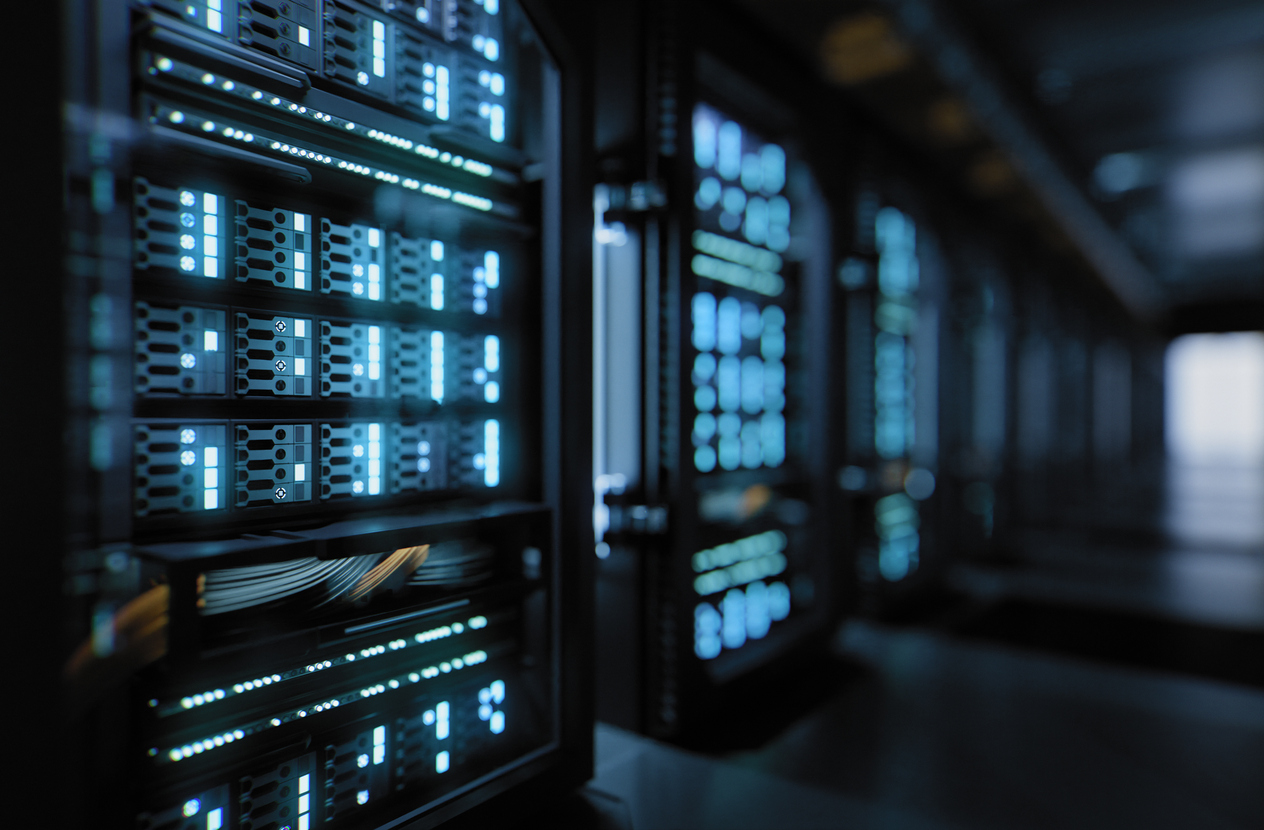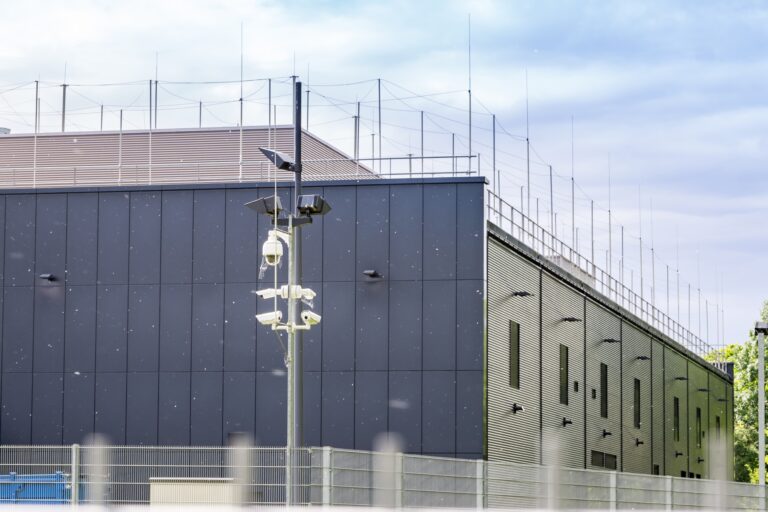Ever wondered what it really takes to create the powerful, humming hubs that store our digital world? A data center design build isn’t just about finding a big room and filling it with computers. It’s a careful puzzle that involves planning, technology, and making sure everything runs smoothly and safely.
Think of a data center as the heart of a digital operation. It pumps data, stores important information, and powers the tools we use every day. Getting the design right from the start is critical. A poorly built data center can cause costly downtime, security issues, high energy bills, and problems with future growth. In today’s tech-driven world, that’s a big risk.
Laying the Groundwork – The Why and The What
Why Data Center Design Is More Important Than Ever
We live in an age of digital everything. From streaming movies and online shopping to complex financial transactions and life-saving medical research, the demand for data processing and storage is exploding. According to Statista, by 2025, the world will create and use more than 180 zettabytes of data!
Because of this demand, data centers must be stronger, smarter, and more reliable. But they’re also expensive to build and run, especially when it comes to powering and cooling the systems. A bad design can waste millions and lead to major problems that stop a business in its tracks.
Imagine a bank whose online services go down for hours, or a hospital that can’t access patient records. These aren’t just small issues, they affect real people. That’s why smart data center design is a must.
The Foundational Pillars of Data Center Design
So, what are the big pieces of the puzzle? Designing a data center rests on several key pillars, each with its own set of critical considerations.
Where You Build Matters: Site Selection Tips
Choosing where to build your data center is one of the first, and most important, decisions. It’s not just about finding an affordable piece of land. Designers look at:
- Access to nearby power grids and internet cables (fiber)
- Risk of natural disasters (floods, earthquakes, hurricanes)
- Local energy and land costs
- Property taxes
- Availability of trained workers
- Temperature and climate (cooling costs)
- Physical safety and security of the area
Sizing It Right: Capacity and Growth Planning
How big should your data center be? This is a classic Goldilocks problem: too small, and you’ll quickly outgrow it; too big, and you’re wasting a fortune on unused space and resources. Effective capacity planning involves analyzing current needs and, crucially, forecasting future growth. A well-designed data center is scalable, meaning it can grow and adapt as your business needs change, without requiring a complete overhaul. A modular design means new sections can be added as your needs grow.
Understanding Tier Standards (I, II, III, IV)
Not all data centers are created equal when it comes to reliability and uptime. The Uptime Institute’s Tier Standard is a globally recognized classification system that ranks data centers.
- Tier I – Basic setup, few backups, more risk
- Tier II – Some backup systems
- Tier III – Can be maintained without shutdowns
- Tier IV – Fully fault-tolerant, highest uptime
The higher the tier, the more redundancy is built into power, cooling, and network paths, leading to higher availability but also higher costs. Choosing the right tier depends on the criticality of the applications the data center will support. Most businesses find Tier III a solid balance.
Physical Security: Protecting Your Digital Fortress
A data center houses a company’s most valuable asset: its data. Protecting it from unauthorized physical access is paramount. This goes way beyond a simple lock and key. Modern data center security involves multiple layers, including:
- Perimeter fencing
- Security cameras (24/7)
- Biometric scanners (fingerprint or eye scan)
- Mantraps (double-door security)
- Logged entries and limited access
Core Infrastructure: Power, Cooling, and Connectivity
Once the foundational plans are in place, the focus shifts to the critical systems that keep the data center alive and functioning.
Uninterruptible Power: The Lifeblood of Your Facility
Consistent, clean power is non-negotiable. Even a momentary power flicker can bring down servers and corrupt data. Data centers use strong power systems. They connect to the main power grid, often with backup feeds, so electricity stays flowing even if one source fails. Inside, Power Distribution Units (PDUs) manage and distribute electricity to the racks.
Crucially, Uninterruptible Power Supplies (UPS), massive battery systems that provide instant backup if grid power fails, giving enough time for backup generators (typically diesel-powered) to kick in and take over the load for extended outages. The goal is continuous, uninterrupted power, 24/7/365.
Precision Cooling: Keeping Your Servers Happy and Efficient
All those servers generate an enormous amount of heat. If not managed properly, this heat can damage equipment and lead to system failures. Data center cooling is a science in itself. It’s not just about blasting cold air, it’s about precision and efficiency.
Common strategies include hot aisle/cold aisle containment, where server racks are arranged so that cold air is delivered to the front of the servers (cold aisle) and hot exhaust air is expelled into a separate aisle (hot aisle) to be returned to the cooling units. This prevents hot and cold air from mixing, improving efficiency. Other technologies include liquid cooling for very high-density racks and economizer modes that use outside air when temperatures allow.
Network Infrastructure: The Pathways for Data
The network is the data center’s central nervous system. It connects all the servers, storage systems, and links the facility to the outside world. This involves a complex web of high-speed switches, routers, and miles of fiber optic and copper cabling. Network design focuses on high bandwidth, low latency (delay), and redundancy. Multiple internet service providers (ISPs) are often used to ensure connectivity even if one provider has an outage. Structured cabling systems are meticulously planned and installed to allow for easy management, changes, and future expansion.
This first part of our journey has laid out the critical thinking and foundational elements. It’s clear that designing a data center is a massive undertaking, long before the first server is even plugged in. The sheer number of interconnected variables, from the concrete foundation to the invisible data streams, highlights why expert planning is not just beneficial, but absolutely essential.
Building for Today and Tomorrow – Efficiency, Expertise, and Evolution
With the core foundations and critical infrastructure planned, the design process then looks towards long-term viability, operational excellence, and how to ensure the facility can adapt to the ever-changing technological landscape. This is where smart design choices can deliver significant returns on investment and provide a truly future-proof platform.
Designing for the Future: Efficiency, Sustainability, and Modularity
The best data centers aren’t just powerful, they’re also smart and responsible. As energy consumption becomes a global concern, and as businesses demand more agility, these factors are now central to design philosophy.
Green Data Centers: Sustainable Design Practices
The energy footprint of data centers is significant. Designing for sustainability is no longer a niche trend but a core requirement. This involves multiple strategies.
How to Make a Data Center More Eco-Friendly:
- Use efficient cooling systems to cut energy use
- Choose energy-saving hardware
- Power down idle servers automatically
- Add solar or wind energy when possible
- Reuse waste heat for nearby buildings
- Aim for a low PUE (Power Usage Effectiveness) score
The metric known as Power Usage Effectiveness (PUE) is a key benchmark, with a PUE of 1.0 being the ideal (all power used by IT equipment). The industry average is moving closer to 1.5, but leading-edge designs aim for much lower. When considering sustainable data center solutions, these elements are key.
Modular Design: Flexibility for Growth
The tech world moves fast. What’s cutting-edge today might be standard tomorrow, and business needs can pivot quickly. A modular data center design embraces this reality.
Why Modular Design Makes Sense:
- Built in smaller sections (modules) for power, cooling, or IT
- Easier to expand when needed, just add a new module
- Reduces upfront costs by avoiding overbuilding
- Lets businesses “pay as they grow”
- Keeps current systems running while adding new ones
We’ve seen firsthand with clients how a modular approach allows them to scale their infrastructure in direct response to market opportunities, providing a significant competitive advantage.
Automation and Monitoring: Smart Data Center Management
Modern data centers are too complex for purely manual management. Data Center Infrastructure Management (DCIM) software provides a comprehensive view of the entire facility, including:
- Monitoring power, cooling, and server performance
- Using sensors and AI for alerts and auto-fixes
- Automate updates and server tasks
- Free up staff for more important work
This level of intelligent oversight is crucial for maintaining uptime, optimizing performance, and improving operational efficiency.
Partnering for Success: The Camali Corp Approach
Designing and building a data center isn’t something you can do alone. It takes skill in many areas, like electrical work, cooling systems, IT setup, and project planning. That’s why working with a trusted expert like Camali Corp can make all the difference.
From Plans to Power: How We Help You Build It Right
At Camali Corp, we specialize in comprehensive design/build services for data centers and other mission-critical facilities. Every business is different, so we start by understanding:
- Your goals and daily operations
- Any current pain points or challenges
- Your future plans for growth
Then, we create a smart design that fits your needs and budget. We handle everything from start to finish:
- Choosing the right location
- Planning your layout and architecture
- Installing electrical, HVAC, and IT systems
- Testing everything to make sure it works right
We stay connected with you through every step, so the finished facility works just the way you need it to.
Keeping You Online: Our Focus on Uptime and Reliability
We know that downtime costs money and trust. That’s why we focus on keeping your systems running 24/7, even when something unexpected happens. Here’s how we do it:
- Build-in N+1 or 2N redundancy (backup systems)
- Use advanced cooling solutions to protect your equipment
- Add strong physical and digital security features
- Plan for proactive maintenance to catch issues early
We’ve helped businesses across many industries build data centers that are resilient, secure, and ready to grow. When designed right, a data center doesn’t just support your business, it helps it thrive.
Why Partnering Matters
Designing a data center is a journey that transforms an empty space into the intelligent, resilient heart of an organization’s digital operations. It requires a blend of strategic foresight, deep technical expertise, and meticulous attention to detail. From the choice of location and the intricacies of power and cooling to the demands of security and the need for future scalability, every element plays a vital role.
By understanding these components and partnering with experts who can navigate the complexities, businesses can ensure their data centers are not just buildings filled with technology, but powerful engines for their success in the digital age.
Build Smart, Stay Ready
If you’re considering what goes into designing your next data center, or optimizing an existing one, the complexities can seem daunting. But with the right team by your side, it becomes a smart investment in your future. Camali Corp is here to help. Let’s build a data center that’s ready for today and built to last for tomorrow.



